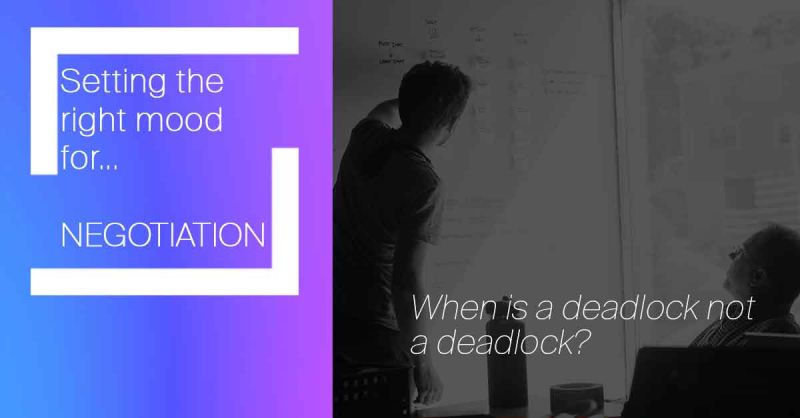
In a negotiation, there is process and there is content. Both are critical to a successful outcome. But when things are stuck in a deadlock, all too often negotiators focus only on the content and neglect the more subtle process-related aspects of negotiation.
In this article, we discuss how you can move past a deadlock by turning your attention to process. We look back to 2018 and compare the tactics of Kim Jong-un’s sister and US Vice President Mike Pence at the Winter Olympics in South Korea.
Content vs process at the Winter Olympics
Remember when Kim Jong-un’s sister stole Mike Pence’s diplomatic show and dominated the spotlight at the 2018 Winter Olympics? Without ever speaking in public, Ms Kim managed to outflank the US envoy in a masterclass of diplomatic image-making.
Mr Pence came to the games with a familiar message: the United States would continue to impose ‘maximum sanctions’ until North Korea dismantled its nuclear arsenal. In saying this, he focused on the content of the deadlock between the 2 nations.
Ms Kim’s tone was very different. She came with new messages of reconciliation, as well as an unexpected invitation for the South Korean president to visit the North Korean capital, Pyongyang. Instead of content, she focused on making a process move.
With her actions, Ms Kim delicately delivered a strong strategic message: a willingness to collaborate. But it was not just her message that conveyed this sense of collaboration. She also controlled the ‘atmospherics’. How did she do this?
Controlling the atmospherics
North Korea managed the emotional mood by bringing in a new and apparently collaborative negotiator, Kim Jong-un’s ‘little sister’, who delivered with her cooperative nonverbals.
Time and place also impacted on the action. By choosing the Winter Olympics opening ceremony, one of the world’s most high-profile events, the North Korean dictator Kim Jong-un effectively exploited the time to profile his sister. The North Korean delegate was sitting just a few feet away from the US Vice President, right beside the UN Secretary General and just behind the President of South Korea, Moon Jae-in. Cameras flashed as the seemingly friendly group watched the colourful spectacle of the opening ceremony.
If Kim Jong-un’s goal was to step back from the US–North Korea deadlock and appear more collaborative using a process manoeuvre, he certainly achieved that aim. At the same time, he may have been trying to outshine the US by having his ‘little sister’ attract praise from the media. In this case, he was also successful in winning his country a significant share of the spotlight from the US.
If you ever find yourself in a similar position, where you’re facing a deadlock and you’re not sure of your next move, try these tips to help shift the negotiation past the sticking point.
Tips for negotiators
- Stop focusing on the substance or content and have a look at some process options. You want to give the sense that you are moving towards the outcome, and ultimately this will help to unfreeze the other party.
- Try one of these deadlock-breaking process options:
- Change negotiators
- Go off the record
- Introduce a new subject
- Establish a task force
- Try humour
- Show empathy
- Discuss common purpose
- Don’t forget the atmosphere! Carefully consider how you can purposefully manage the time, place and emotional mood.
How ENS can help
ENS consultants work with clients all over the world to help them learn how to focus on process rather than content when trying to break a deadlock. Understanding how to do this can be a critical factor in moving past your sticking point and achieving your desired outcomes.
Want to know more?
To discuss this article in more depth and explore how you can develop your negotiation capabilities, contact us on the form below.









